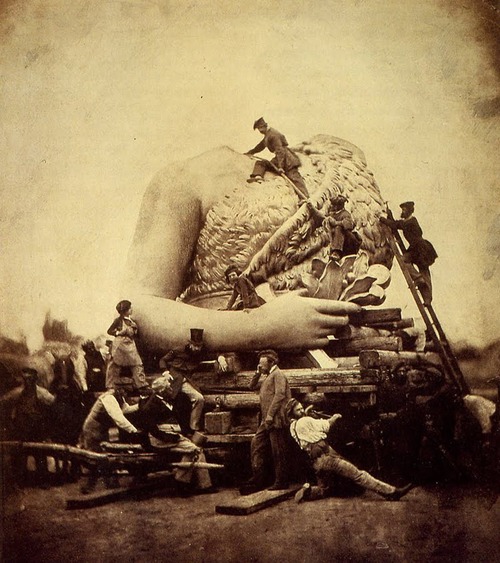
Figure 1 – Alois Locherer “Transporting the Statue of Bavaria to Theresienwiese , 1850” in the public domain in the United States because of its age.
The technical process of making an albumen print is relatively straight forward and it is still accessible to photographers today through alternative photography sites such as Bostik and Sulilivan (see also). Interestingly, in the nineteenth century the albumen process did not lend itself to mass production and was largely done by hand. Also the vast majority of albumen print workers were women.
- A piece of paper is first coated with an emulsion of egg white (albumen) and salt (sodium chloride or ammonium chloride), then dried. The albumen acts as a sizer to seal the paper, creating a semi-gloss finish upon which the sensitizer can rest. In commercial manufacture this coating was typically done by floating the paper on a bath of albumen and salt.
- The paper is bathed in a solution of silver nitrate, the sensitizer, making it sensitive to ultraviolet radiation.
- The paper is then dried in the absence of UV light. That is out of the sunlight.
- When ready to use the paper is placed in a frame in direct contact with the negative. Analogue photographers will remember the critical rule of emulsion side down. Typically in the nineteenth century the negative was a glass plate. If glass is not used then a sheet of glass is used to maintain contact of paper and negative. The frame typically opens in halves so that the exposure can be observed without moving the paper relative to the negative.
- The frame and therefore the paper is exposed to sunlight, or today UV lamps, until the image achieves the desired density.
- The paper is removed from the frame and fixed in bath of sodium thiosulfate to remove unexposed silver.
- And then, – The Beauty – the image is optionally toned by soaking in a toning solution of gold or selenium.
Today we are reminded of the nasty chemicals of analogue photography, although albumen printing uses the sun for developing. We are much more eco-conscious than our predecessors. But compared, for instance, to making a daguerreotype this was nothing from a toxicity point of view.
Again, I think that all of this technical stuff earns us the right or privilege to marvel at another great nineteenth century albumen print. I discovered on the Plaidpetticoats blogspot this wonderful photograph by nineteenth century German photographer Alois Locherer (1815-1862) entitled “Transporting the Bavaria Statue to Theresienwiese, 1850”. The first thing that crossed my mind on looking at it was Gulliver in Lilliput.
